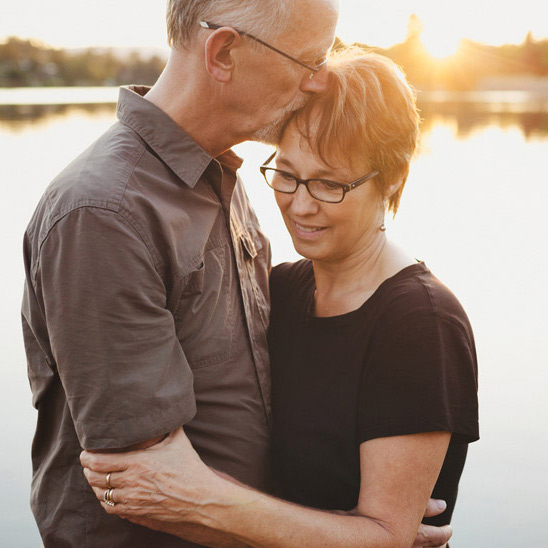We all know we should be wearing sunscreen. But what else can be done to lower the risk and prevent skin cancer?
With summer in full swing, we’re spending more time outdoors, whether tending to the yard, enjoying a barbecue, lounging on the lake or getting some exercise. And that means increased sun exposure. Skin cancer is the most common cancer in the U.S., and one in five Americans will develop it at some point in their lives, according to the American Academy of Dermatology. Sunscreen might be your usual safeguard, but defenses that go beyond the bottle of SPF will better protect you against the sun’s harmful effects, premature aging and ultimately prevent skin cancer.
“I think sunscreen should be used almost as our last defense,” said William Stebbins, M.D., of Vanderbilt Dermatology. “It’s a critical component of our overall sun protection. But if we were to really prioritize how to best protect ourselves from sun exposure, the first thing is to, of course, avoid the sun completely by being in the shade as much as possible.”
Stebbins recommends using sunscreen in your daily moisturizer, lotions and lip balm with at least 30 SPF. This will offer protection against the incidental sun exposure you might get while, say, on a short walk to the coffee shop. But if you’re going to spend any length of time in the sun, he recommends using a sunscreen higher than 50 SPF and reapplying liberally every two hours. “Sunscreen is effective in the short term and if reapplied frequently,” Stebbins said. “However, it starts to lose its potency as soon as the sun hits it.”
That’s why our overall sun protective behavior is important to preventing skin cancer. Here’s how you can better your habits.
Seek shade whenever possible.
Opt for covered porches, patio umbrellas, boat canopies, the side of the path that’s in shadow, etc. But be aware that sun can still reflect off pavement, water, sand and snow, Stebbins said. Don’t assume that because you’re in the shade, you don’t need that sunscreen.
Wear sun-protective accessories.
Sunglasses with 100 percent UV protection and a wide-brim hat should be a part of your arsenal. Make it a habit to not leave the house without these items.
Wear UV-protective clothing.
Although most clothing offers a little protection from the sun, not all fabrics are created equal. Some materials can even lose their protective qualities when they get wet. Many clothing manufacturers are now making garments, especially activewear and swimwear, that are treated to prevent penetration of UVA and UVB rays. Look for the Ultraviolet Protection Factor (UPF) on the label. The Skin Cancer Foundation recommends a minimum of 30 UPF but ideally 50+.
Avoid the sun between 10 a.m. and 4 p.m.
That’s when the sun is at its strongest. “If you’re going to go for a run or play sports outdoors,” Stebbins said, “do it outside that window. That’s definitely a big help for just diminishing our UV exposure.”
Be mindful of your routine and activities.
Does your office have a view? Do you drive in a car that doesn’t have UV-protective tinting or do you frequently roll down the window? “It’s really important to think about some of the ways we can be fooled into believing we’re safe from the sun when we’re not,” Stebbins said. Analyze your day and your habits and make changes where necessary in order to prevent skin cancer.
Don’t be fooled by clouds or cooler weather.
“On a cloudy day, about 80 percent of the sun’s UV rays can pass through the clouds,” Stebbins explained. Even if the sky is overcast, you still need to practice sun-protective behaviors. And the same goes for different seasons. We may tend to think of sun protection as a summer concern, but it should be on our minds all year.
Know your skin and your exposure history.
If you have a history of sunburns, whether in childhood or adulthood, seek an evaluation with a dermatologist. And if you notice a spot on your skin that is growing, changing or has become irritated, see a dermatologist as soon as possible. If your dermatologist considers you to be at risk for skin cancer, they’ll recommend regular visits. “Early detection of any skin cancer, including melanoma, results in a very high cure rate,” Stebbins said.

The Vanderbilt-Ingram Cancer Center is a national leader in patient care and research. Vanderbilt offers the region’s most complete range of oncology care, from advanced imaging to team-based treatment options to genetic cancer medicine and the latest in therapies being studied in clinical trials. Learn more.

